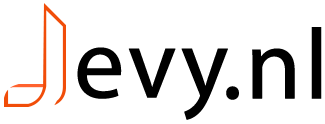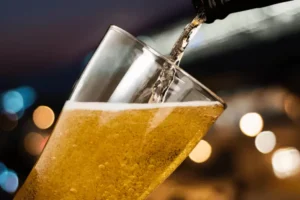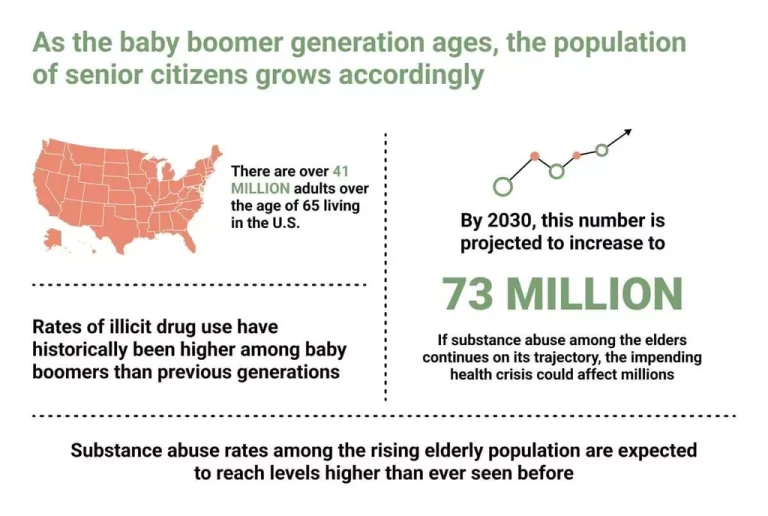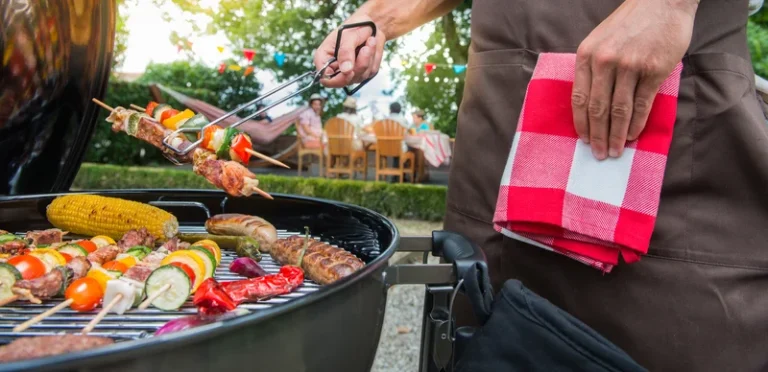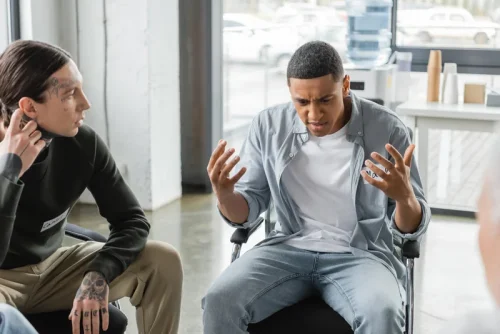100+ Sobriety Tattoo Ideas To Mark Your Sober Journey

Get inked with a sobriety tattoo if you are someone struggling with addiction or wanting to support someone with addiction issues. When your order is placed, you can immediately download your Japanese tattoo design. The Adobe PDF file contains everything you need and everything your tattoo artist needs to properly ink the design. I will provide you with creative and meaningful tattoo ideas that symbolize rebirth, transformation, and new beginnings.
How can a sobriety tattoo serve as a source of inspiration or motivation for those in recovery?
These tiny marks serve as visual reference points for radiation therapists to precisely align the radiation beam during treatment. Everyone with a recovery tattoo has their own story behind its meaning, and they have their own story about alcoholism tattoos their struggle with the disease of addiction. For some people in recovery, getting a tattoo is a way of taking back control of their body and doing something to it that isn’t deadly.
Elegant Serenity: Inspiring Sobriety Tattoo Design for Recovery
This sobriety tattoo features the inspirational “Serenity Prayer” in elegant script, symbolizing a commitment to recovery and the embracing of life’s journey, one step at a time. It’s a popular choice among recovery tattoos, embodying hope and the strength found in sobriety. Discover meaningful alcoholic tattoo ideas that reflect your struggle and triumph over addiction. From the AA symbol tattoo to designs featuring alcoholism-related elements, find tattoos that tell your story.
Symbolic Ship in Bottle: Empowering Sobriety Tattoo Design & Recovery Idea
No two ways about it, inking a tale of sobriety on your skin can be a powerful, cathartic step in your journey. It’s a reminder, calming tattoo, not of alcoholism symptoms the suffering, but of the resilience it took to beat the demon. Designed to be visible, like a proud badge of honor, these tattoos often find their spot on the neck, bicep, forearm, or wrist. For many cancer survivors, the physical and emotional toll of treatment can be significant. The addition of permanent radiotherapy tattoos can further exacerbate these challenges, serving as a constant reminder of the past. Radiotherapy tattoos are small, permanent marks made on a patient’s skin using a needle and ink.
- You want to be fully aware and clear-headed when making a permanent decision like getting a tattoo.
- People also get this tattoo in the form of the word “cont;nue” to show that the pause doesn’t mean the end, just like the struggles in life.
- Ranging from simple symbols to intricate designs, each sobriety tattoo, or recovery tattoo, tells a personal story of triumph over adversity.
- Rather, it was a monumental moment that changed the course of your entire life.
For those unfamiliar with its significance, the 2% tattoo refers to the statistic that only 2% of people who struggle with addiction can achieve long-term sobriety. It serves as a constant reminder of one’s journey toward recovery and serves as a beacon of hope for others still trapped in the grips of addiction. It’s there, etched permanently, reminding you every day of your strength and resilience.

Find Addiction Recovery Options and Support, Here
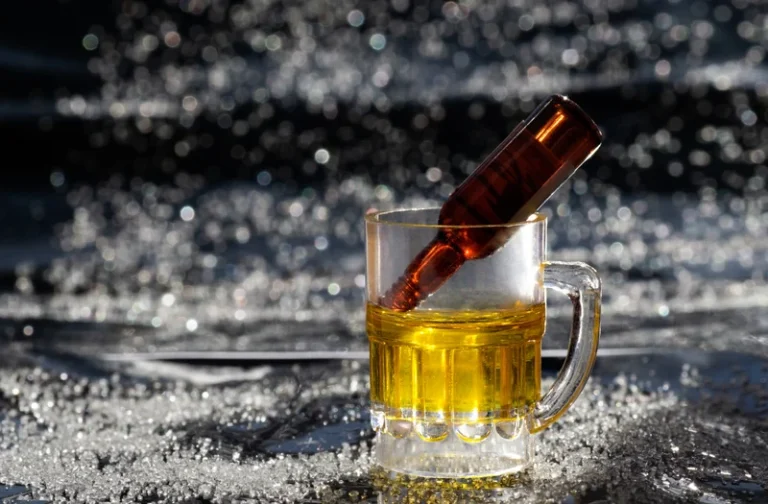
Alongside personal experience, Edward has deep connections to the mental health treatment industry, having worked as a medical office manager for a psychiatric consortium for many years. They can be used by individuals new to recovery or people who have been in recovery for years. It lets others know that you are committed to staying sober and helping them understand recovery. Our service allows you to customize your tattoo design based on your theme, symbols, size, and placement preferences. Share your story and preferences to create a unique and meaningful tattoo. I will help you come up with creative and meaningful tattoo ideas that align with your preferences and convey the message you want.
Choosing a Symbol: A Personal Journey
This tattoo is a progressive one that will build as you move forward. For instance, this could work in a discrete area like the inside of your wrist, where you can cover it, along your foot, or other relatively hidden areas. However, this tattoo can be turned into a full back piece using elements to honor your alcohol-free lifestyle. The process of recovering from drinking is a very personal one, and in several cases, your tattoo is as well. Several tattoos are considered as a universal representation of sobriety.

People in recovery often choose the phoenix, a mythical bird, as their personal recovery symbol. In ancient folk tales, the phoenix was a bird that, upon its death, would burst into flames. But, after this initial passing, the bird would then be reborn from its ashes. “One day at a time” is more than a reminder for a person in recovery. It promises that every day in recovery is a battleground with a potential victorious outcome for those who finish. This is particularly true when getting fairly large pieces or a tattoo in an area visible to others.
During this time, your body forms a protective layer over the tattooed area, which helps prevent infections and sets the stage for proper healing. Avoiding alcohol during this period ensures that your body can focus on repairing the skin without any hindrance. Proper hydration is essential for the healing process, and dehydration can lead to dry, flaky skin that hinders recovery. Keeping your skin moisturized and hydrated is vital for a successful healing process and maintaining the vibrancy of your tattoo. Alcohol consumption can impair your body’s natural healing processes.
